| __timestamp | Adobe Inc. | Super Micro Computer, Inc. |
|---|---|---|
| Wednesday, January 1, 2014 | 4147065000 | 1467202000 |
| Thursday, January 1, 2015 | 4795511000 | 1991155000 |
| Friday, January 1, 2016 | 5854430000 | 2215573000 |
| Sunday, January 1, 2017 | 7301505000 | 2529915000 |
| Monday, January 1, 2018 | 9030008000 | 3360492000 |
| Tuesday, January 1, 2019 | 11171297000 | 3500360000 |
| Wednesday, January 1, 2020 | 12868000000 | 3339281000 |
| Friday, January 1, 2021 | 15785000000 | 3557422000 |
| Saturday, January 1, 2022 | 17606000000 | 5196099000 |
| Sunday, January 1, 2023 | 19409000000 | 7123482000 |
| Monday, January 1, 2024 | 21505000000 | 14942854000 |
Igniting the spark of knowledge
In the ever-evolving landscape of technology, revenue growth is a key indicator of a company's success. Over the past decade, Adobe Inc. and Super Micro Computer, Inc. have demonstrated remarkable revenue trajectories, each reflecting their unique market strategies and innovations.
Adobe Inc. has seen a consistent upward trend, with its revenue growing by over 400% from 2014 to 2024. This growth underscores Adobe's successful transition to a subscription-based model and its expansion into digital media and marketing solutions. By 2024, Adobe's revenue reached approximately $21.5 billion, showcasing its dominance in the creative software industry.
On the other hand, Super Micro Computer, Inc. has experienced a more volatile yet impressive growth, with a staggering 900% increase in revenue over the same period. This surge highlights the company's strategic focus on high-performance computing and data center solutions, culminating in a revenue of nearly $14.9 billion in 2024.
Both companies exemplify how strategic pivots and market adaptation can lead to substantial financial success, making them fascinating case studies in the tech industry's dynamic environment.

Revenue Insights: Adobe Inc. and Teradyne, Inc. Performance Compared
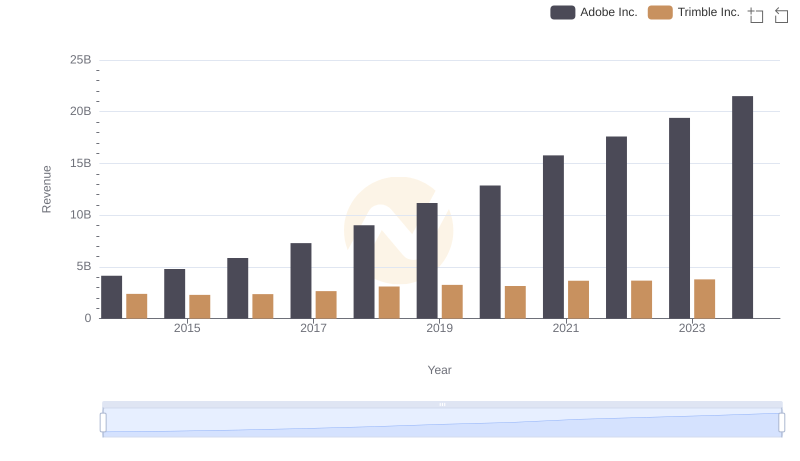
Breaking Down Revenue Trends: Adobe Inc. vs Trimble Inc.
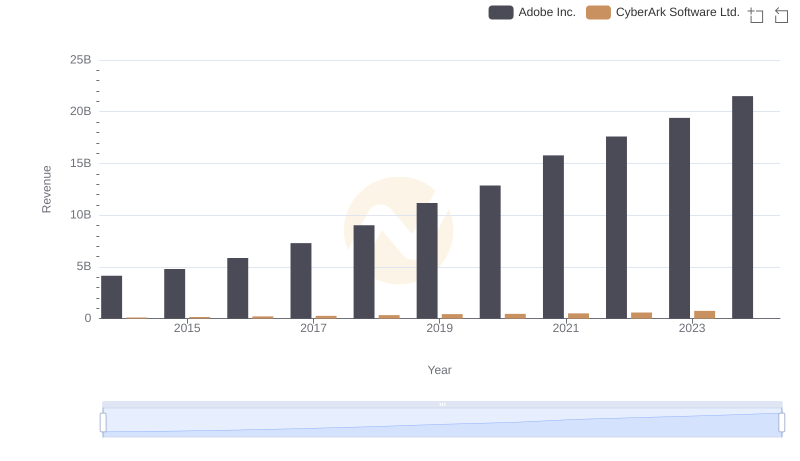
Revenue Showdown: Adobe Inc. vs CyberArk Software Ltd.
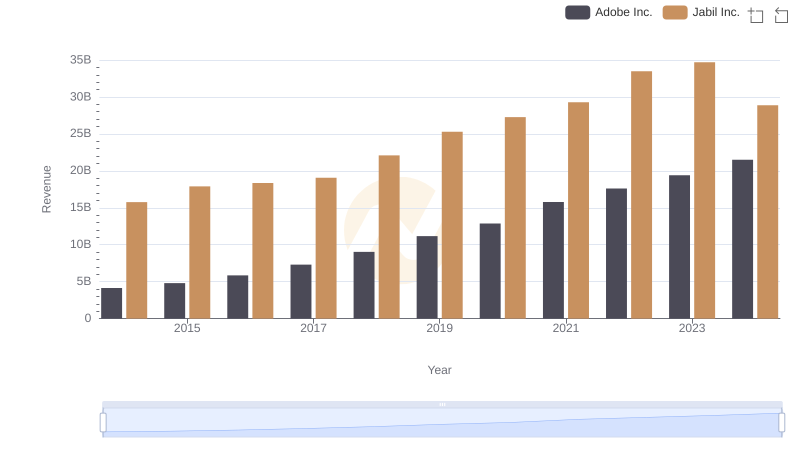
Adobe Inc. and Jabil Inc.: A Comprehensive Revenue Analysis
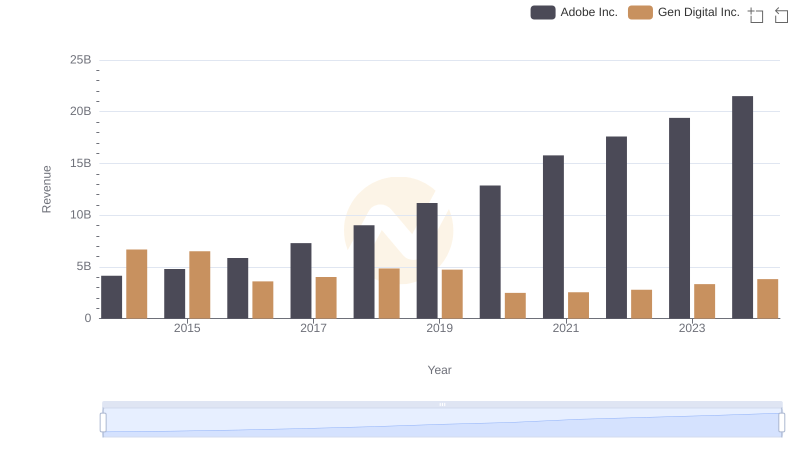
Who Generates More Revenue? Adobe Inc. or Gen Digital Inc.
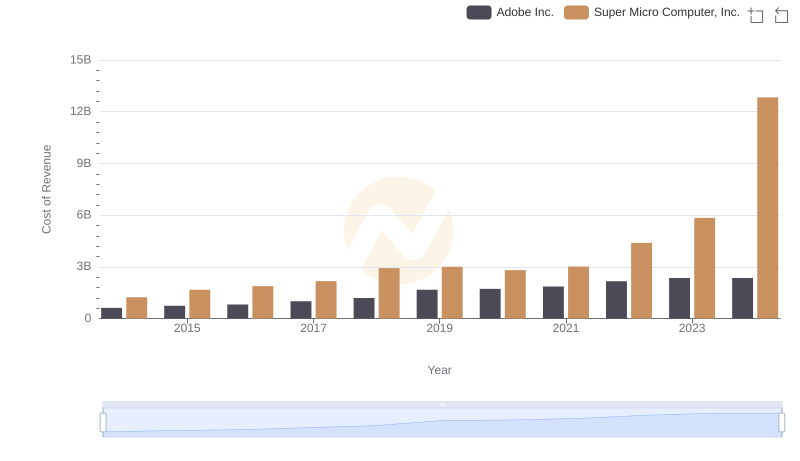
Cost Insights: Breaking Down Adobe Inc. and Super Micro Computer, Inc.'s Expenses
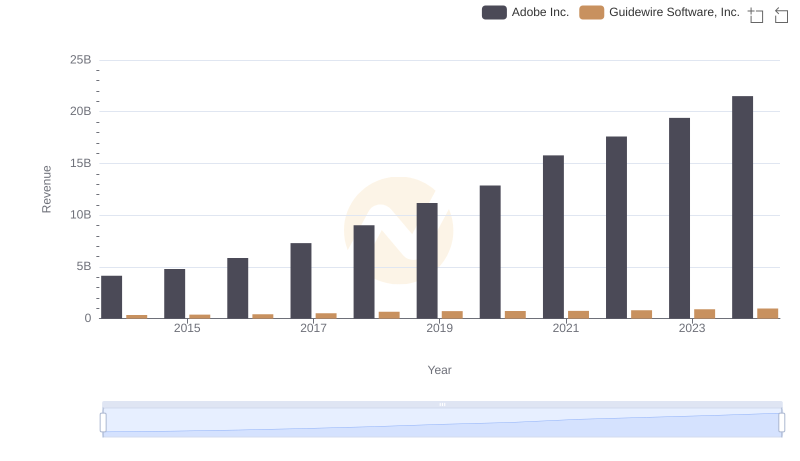
Comparing Revenue Performance: Adobe Inc. or Guidewire Software, Inc.?
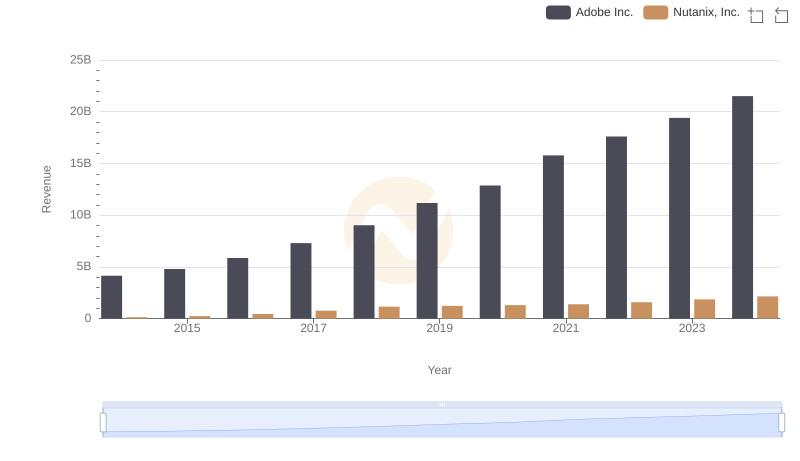
Adobe Inc. vs Nutanix, Inc.: Examining Key Revenue Metrics

Adobe Inc. and Super Micro Computer, Inc.: A Detailed Gross Profit Analysis

Research and Development Expenses Breakdown: Adobe Inc. vs Super Micro Computer, Inc.
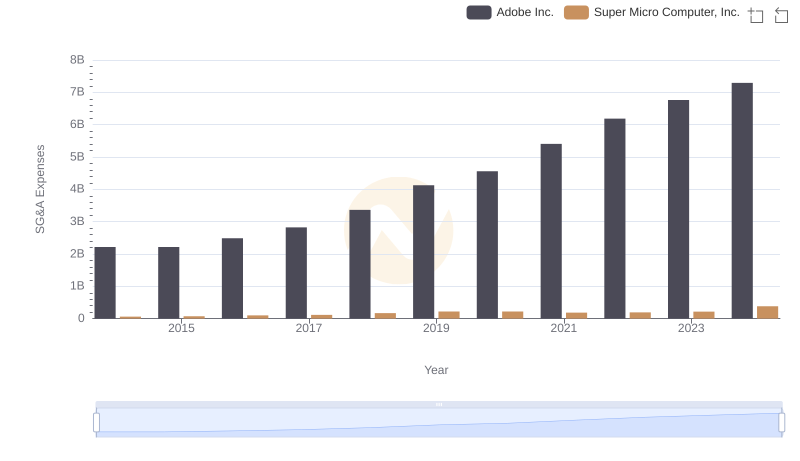
Who Optimizes SG&A Costs Better? Adobe Inc. or Super Micro Computer, Inc.
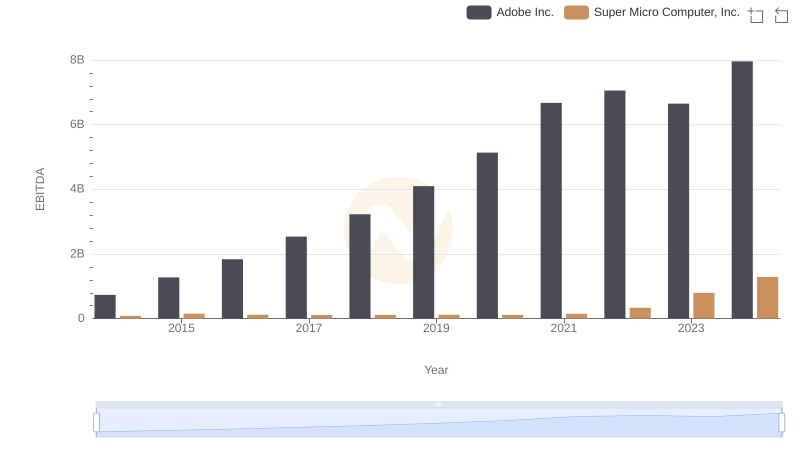
EBITDA Performance Review: Adobe Inc. vs Super Micro Computer, Inc.